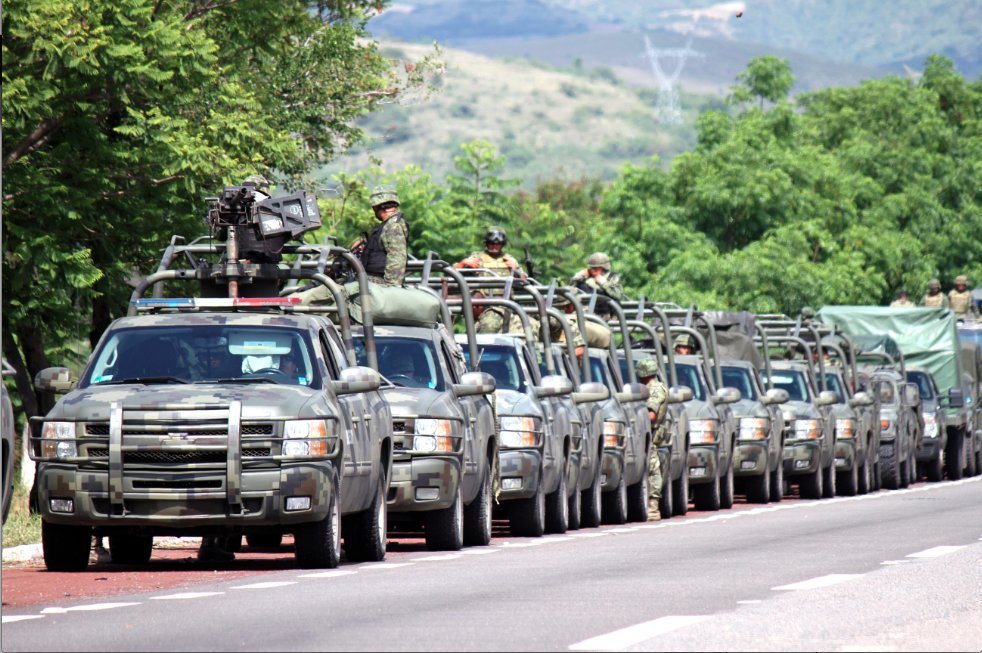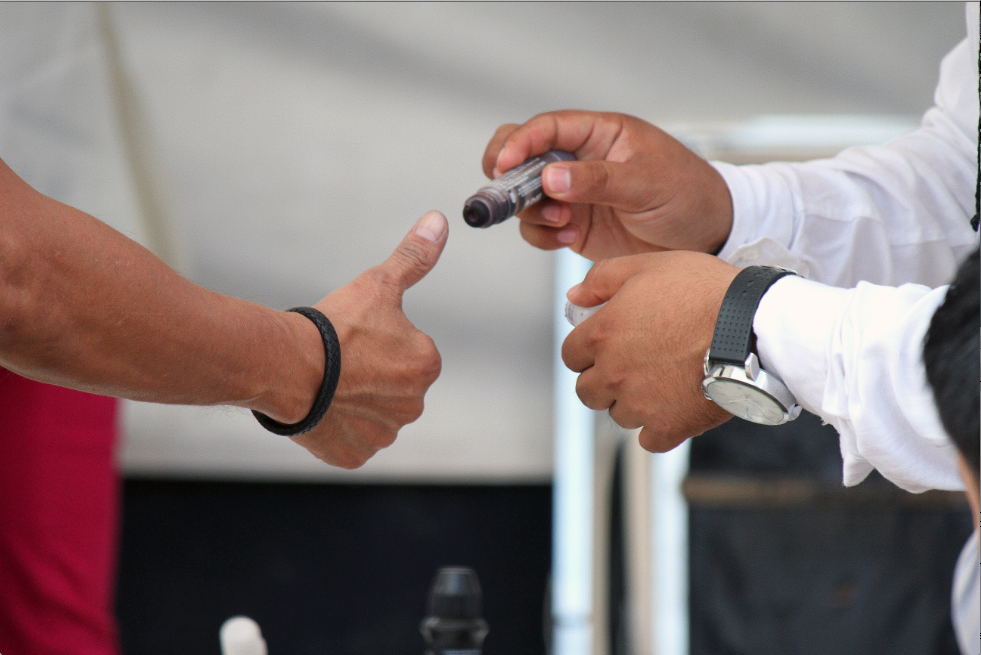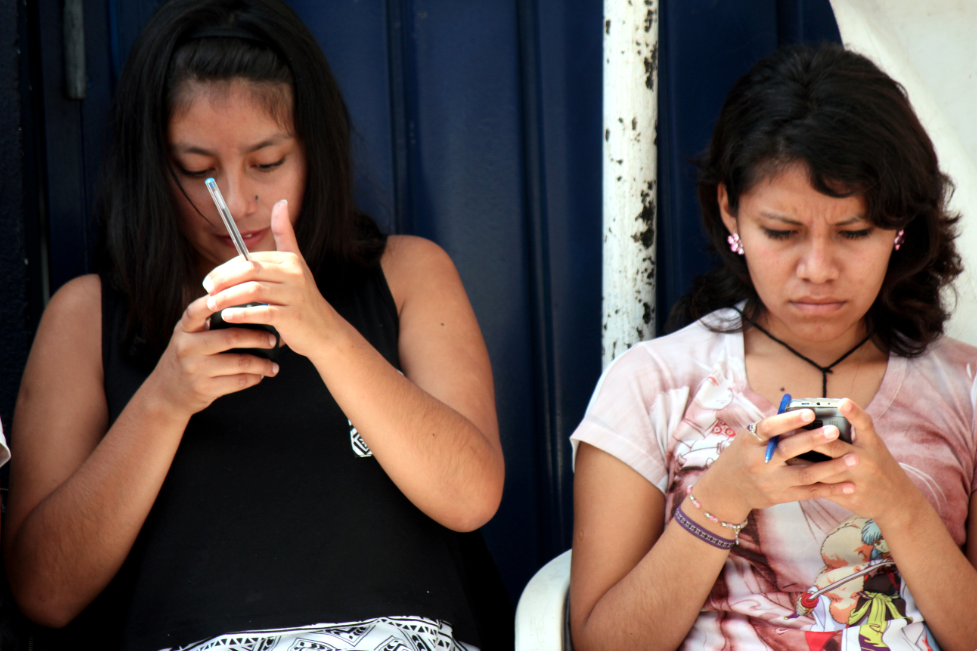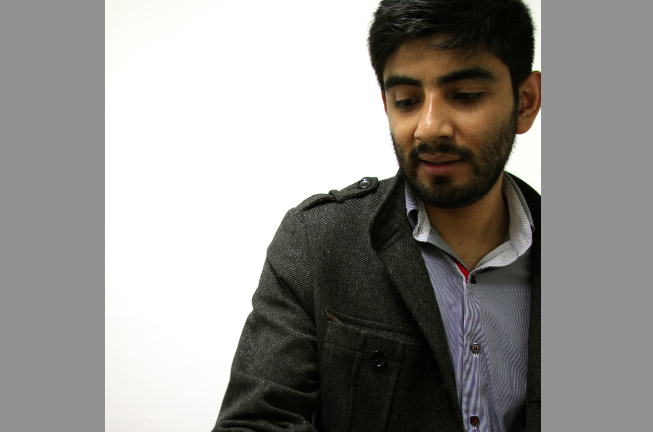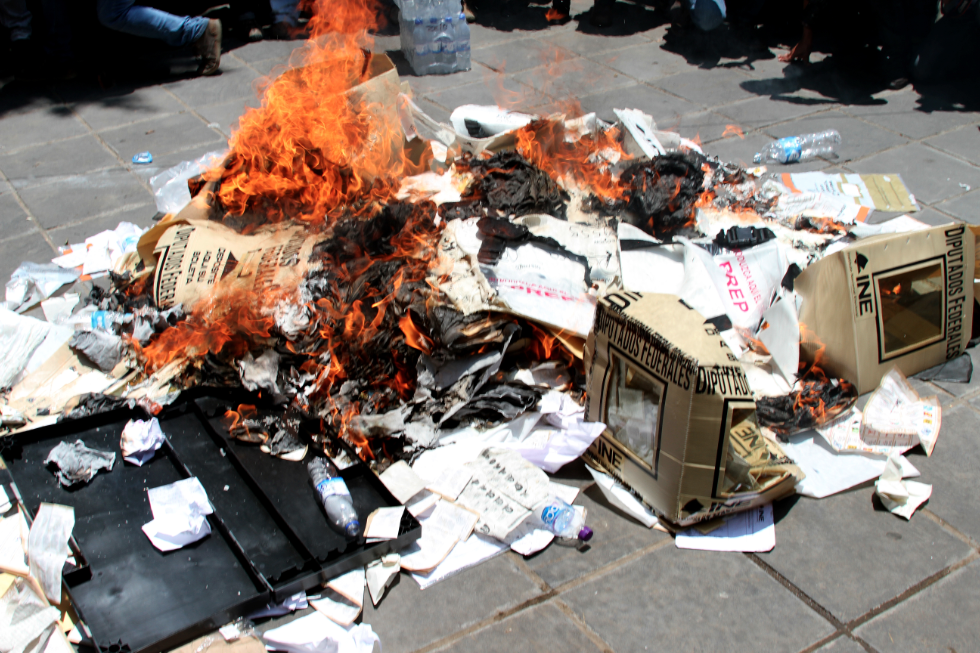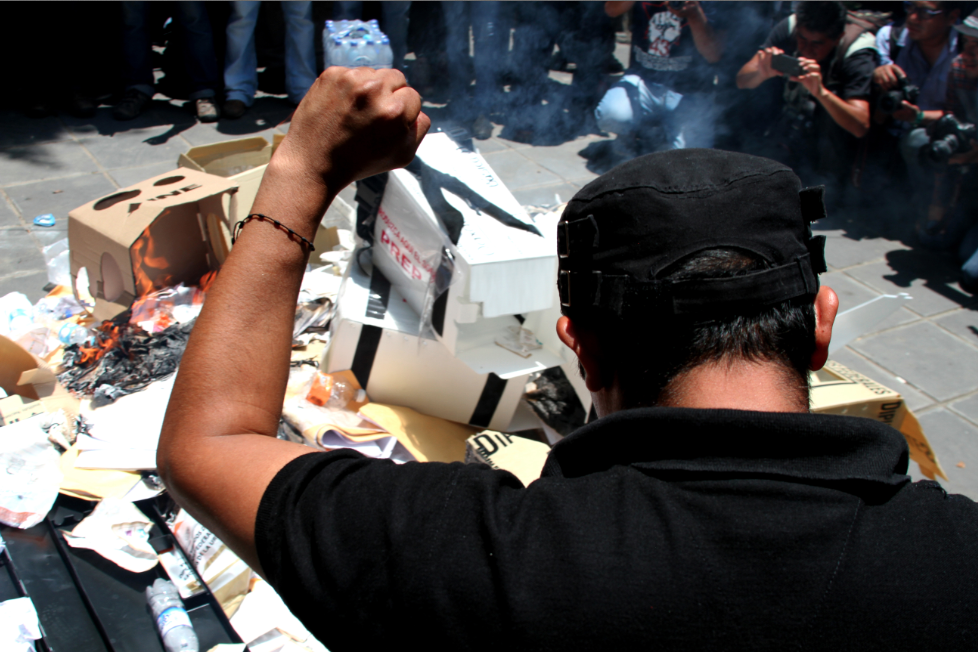Mexico’s notoriously non-transparent political scene has been plagued for decades by electoral fraud, dirty money, backroom deals and actual ballot-stealing. In recent years, a wide array of insurgent political forces and transparency activists have brought new information technology to bear on efforts to make elections freer, fairer and more transparent.
But because there are “many Mexicos” at different levels of development, these efforts vary in sophistication. In the mountains of Guerrero, for example, activists of the Union de Pueblos y Organizaciones de Guerrero (UPOEG) have spent weeks collecting testimony about alleged cases of vote-buying, often using cell-phone videos and audio. In the southern state of Oaxaca, citizens struggled to find out where their polling places were—the locations were changed at the last minute because of violent protests by the teachers’ union and their supports, who pledged to block elections and burn ballots.
Many voters depended on social media and the internet to find out where to vote and whether it was safe to go out. In Mexico City and Guadalajara, technological sophistication has developed further, with activists creating the Mexicoleaks platform to make it possible for whistleblowers to submit documents to an anonymous platform and denounce irregularities and corruption.
By modeling a new way of using data and collaborative non-profit journalism, Mexicoleaks is introducing the concept of whistleblowing in a country where the word has no actual translation in Spanish.
